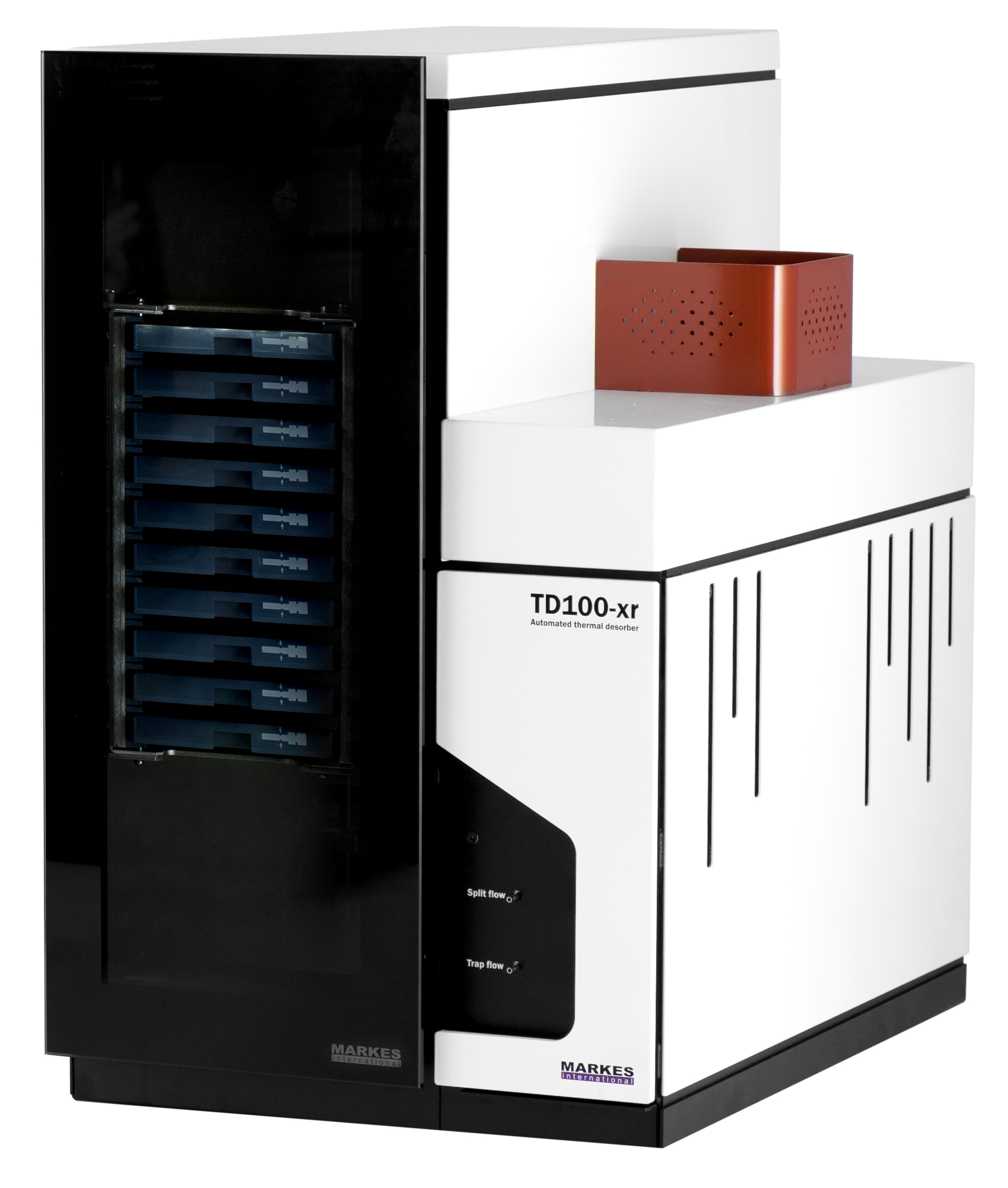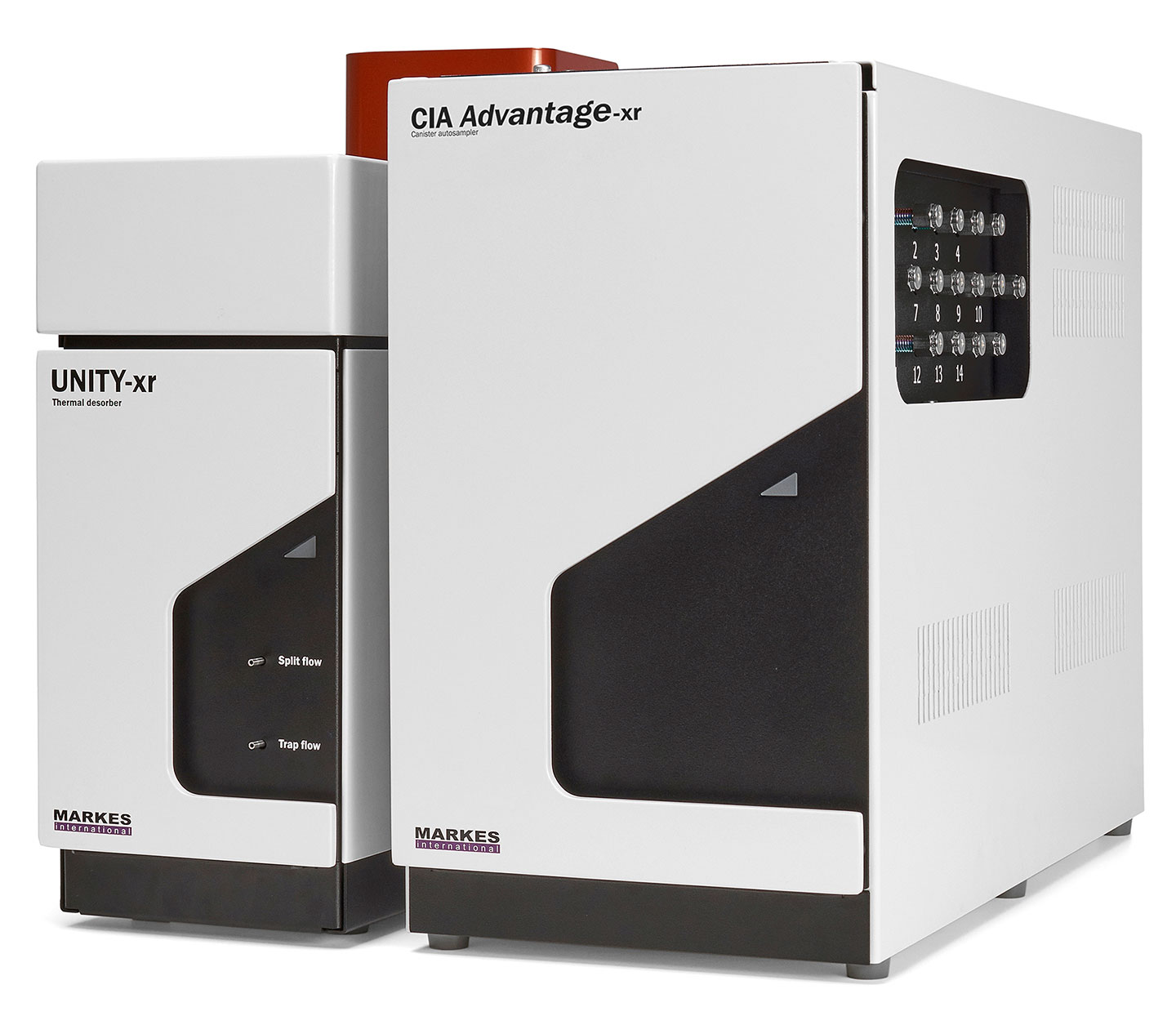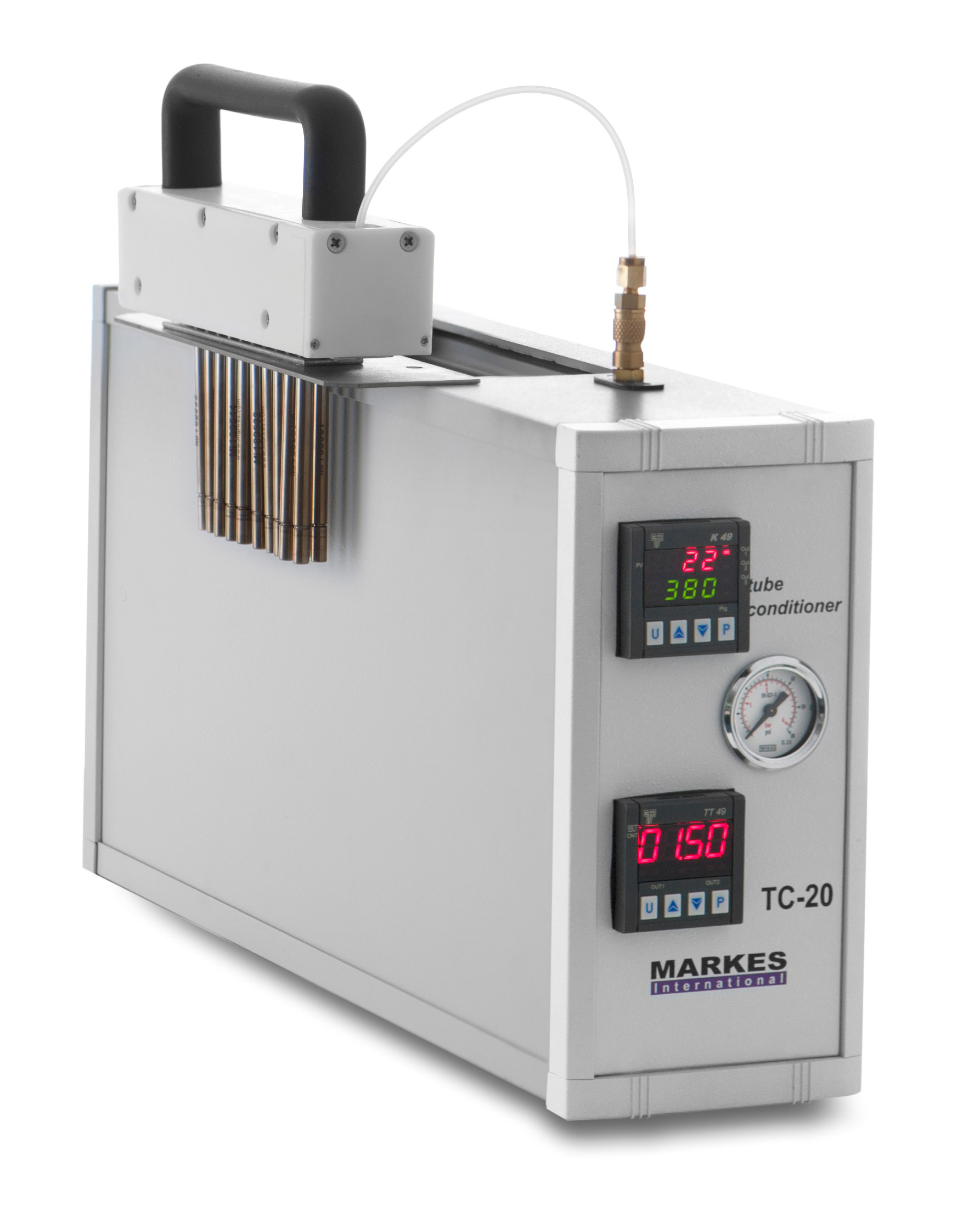
Understanding the updated HON rule: Impacts on air monitoring at chemical plants
14 June 2024
Key changes to the HON rule and their implications
 On 9th April 2024, the U.S. Environmental Protection Agency (EPA) released an update to the Hazardous Organic National Emission Standards for Hazardous Air Pollutants (NESHAP), or HON. The HON rule mandates stronger emissions regulations and requires additional air monitoring from about 220 chemical plants across the USA1. The industries affected are those that manufacture synthetic organic chemicals and a variety of polymers and resins.
On 9th April 2024, the U.S. Environmental Protection Agency (EPA) released an update to the Hazardous Organic National Emission Standards for Hazardous Air Pollutants (NESHAP), or HON. The HON rule mandates stronger emissions regulations and requires additional air monitoring from about 220 chemical plants across the USA1. The industries affected are those that manufacture synthetic organic chemicals and a variety of polymers and resins.
The primary motivation for this update is to reduce cancer risks associated with air toxics exposure in vulnerable communities and to protect children living near chemical plants that emit air toxics, including ethylene oxide (EtO) and chloroprene. The changes to the HON are predicted to reduce risks from air toxics around large facilities by 96%2.
Compliance requirements for facilities under the new HON rule
The HON rule requires facilities to:
- Comply with tighter requirements for emissions sources
- Improve flare efficiency
- Limit dioxin and furan emissions
- Control emissions during startup, shutdown, and malfunctions
- Implement fenceline monitoring for six air toxics
The compounds now requiring monitoring are:
- Ethylene oxide
- Benzene
- 1,3-Butadiene
- Chloroprene
- Ethylene dichloride
- Vinyl chloride
Methods for fenceline sample collection and analysis
The US EPA has successfully implemented fenceline monitoring in previous rules, such as Method 325, which mandates fenceline monitoring at petroleum refineries, primarily for benzene3. However, the full list of compounds cannot be monitored using Method 325 alone, as ethylene oxide and vinyl chloride must be sampled and analysed using canister-based sampling. Therefore, the updated HON rule mandates the use of an expanded Method 325, which utilises sorbent tubes and diffusive sampling (modified to include new sorbent tubes with a wider analytical range), and draft Method 327, which uses canister-based air sampling.

Recommended sampling method
Air toxic |
Canister |
Passive sorbent tube |
|---|---|---|
Ethylene oxide |
X |
|
Benzene |
X |
|
1,3-Butadiene |
X |
|
Chloroprene |
X |
|
Ethylene dichloride |
X |
|
Vinyl chloride |
X |
Timeline for implementing air monitoring under the HON rule
Monitoring for all compounds except chloroprene will begin two years from when the rule was published. Chloroprene monitoring will begin 90 days after the rule is published to reflect the current gap in monitoring data for the compound and its toxicity.
How Markes can support compliance with the HON rule
Markes is uniquely placed to guide labs that want to provide sampling and/or analysis services for both methods. Our portfolio of thermal desorption and preconcentrator instruments, together with method-compliant consumables and accessories, provide everything laboratories and industry require to carry out this analysis.
Equipment and capabilities for HON rule compliance
- TD100-xr: This system has a high capacity (100 tubes) to ensure labs keep running even over the weekend. Other Markes TD models offer higher sample capacity as well as unique, certified capabilities for improving peak resolution and increasing instrument productivity by up to 40%.
- UNITY–CIA Advantage-xr: This system can handle 4 to 27 canisters and is economical to run, using electrical cooling to trap volatile species like ethylene oxide and vinyl chloride, instead of expensive and operation-heavy liquid nitrogen cooling.
- TC-20 tube conditioner: This system ensures that re-conditioning sorbent tubes doesn’t become a bottleneck in the lab. It conditions twenty sorbent tubes simultaneously, using nitrogen to flush the sorbents, saving money on helium and speeding up operations, ultimately reducing the cost-per-sample.
Markes' sorbent tubes are cleaner and more effective than those from other manufacturers. Markes offers all sorbents tubes required for monitoring these species, along with accessories, such as diffusion caps and monitoring shelters.
References
If you'd like to discuss this further with me, please use the contact button above.
Further information on US EPA Method 325
US EPA Method 325 defines a procedure for sampling and analysis of benzene and other VOCs at refinery fencelines, and requires two-week passive monitoring.


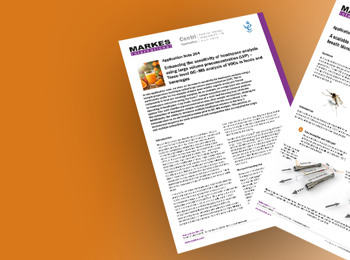
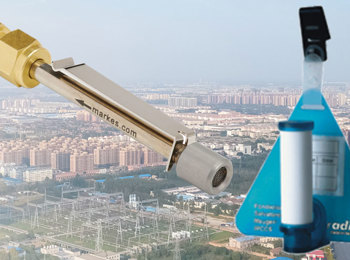
![Markes TD Brochure Hero3 Corepurple[2]](/media/zmscvqds/markes-td-brochure-hero3-corepurple-2.jpg?cc=0.55128205128205132,0,0,0&width=350&height=260&v=1d660d04edbcca0)


